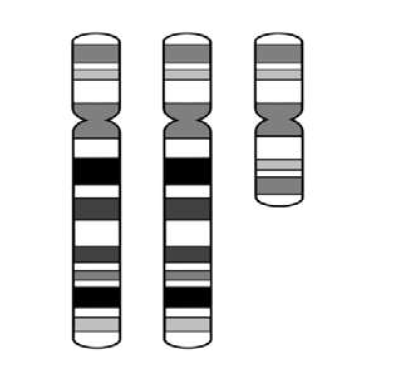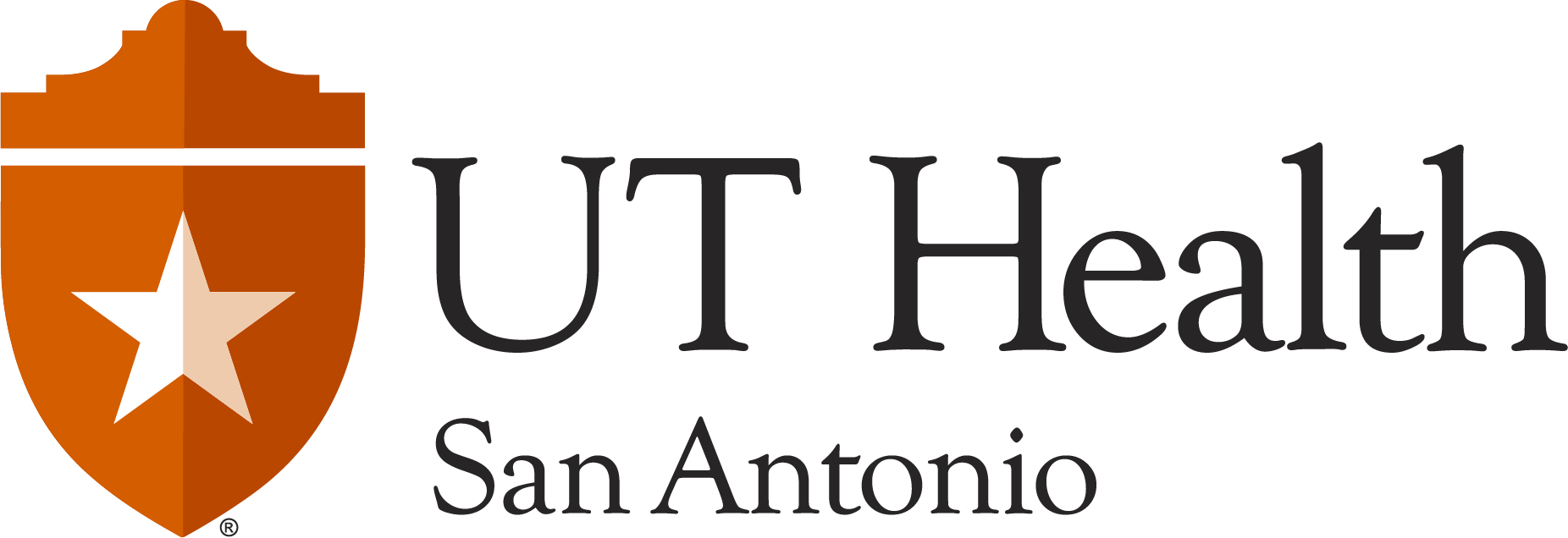Tetrasomy 18p: Treatment and Surveillance
 These recommendations are inclusive of the entire population of people with Tetrasomy 18p. It should be noted that there is a great deal of variation among individuals with Tetrasomy 18p. Not all complications or concerns will be listed in this document. However, the recommendations contained here should be used as a baseline for monitoring and the health of individuals with Tetrasomy 18p
These recommendations are inclusive of the entire population of people with Tetrasomy 18p. It should be noted that there is a great deal of variation among individuals with Tetrasomy 18p. Not all complications or concerns will be listed in this document. However, the recommendations contained here should be used as a baseline for monitoring and the health of individuals with Tetrasomy 18p
Potential conditions in a neonate
- Structural
- Palate abnormality – 81%
- Heart abnormalities -47% by Echo/ECG
- Congenital orthopedic abnormalities-45%
- Hernias-12%
- Myelomeningocele-7%
- Functional
- Feeding problems – 83%
- Respiratory distress – 31%
- Biochemical
- Jaundice – 57%
Initial evaluations after diagnosis
- Ophthalmology
- Strabismus – 75%
- Refractive errors – 71%
- Audiology / Otolaryngology
- Hearing loss – 32%
- Recurrent otitis media – 57%
- Genitourinary
- Cryptorchidism – 63%
- Hypospadias – 7%
- Urinary tract anomalies – 28%
Immediate Referrals to:
- Appropriate sub-specialist as indicated by initial evaluations
- Genetics follow-up if not previous to diagnosis
- Early intervention/developmental services
- The Chromosome 18 Registry & Research Society
- The Chromosome 18 Clinical Research Center
Closely monitor and manage:
- Failure to thrive/growth failure
- Underweight (< 3rd percentile)
- Endocrinology
- Short stature (< 25th percentile)
- Growth hormone deficiency
- Otorhinolaryngology
- Recurrent otitis media
- Hearing loss
- Gastrointestinal
- Constipation
- GE reflux
- Hernias
- Eosinophilic esophagitis
- Immunology/Rheumatology
- Atopic disorders
- IgA deficiency
- Eosinphiilic esophagitis
- Orthopedics
- Congenital hip dysplasia
- Foot abnormalities
- Decreased bone mineral density
- Development
- Milestones
- School performance
- Psychometric data
- Dental
- Neurology
- Seizure
- Hypotonia
- Behavioral/mood changes
Annual Screenings
- Vision
- Hearing
Current Adult Status
Age and Cause of Death
Updated 2020
There is additional information on each of the areas mentioned above within the downloadable PDF document.
Updated 2020

